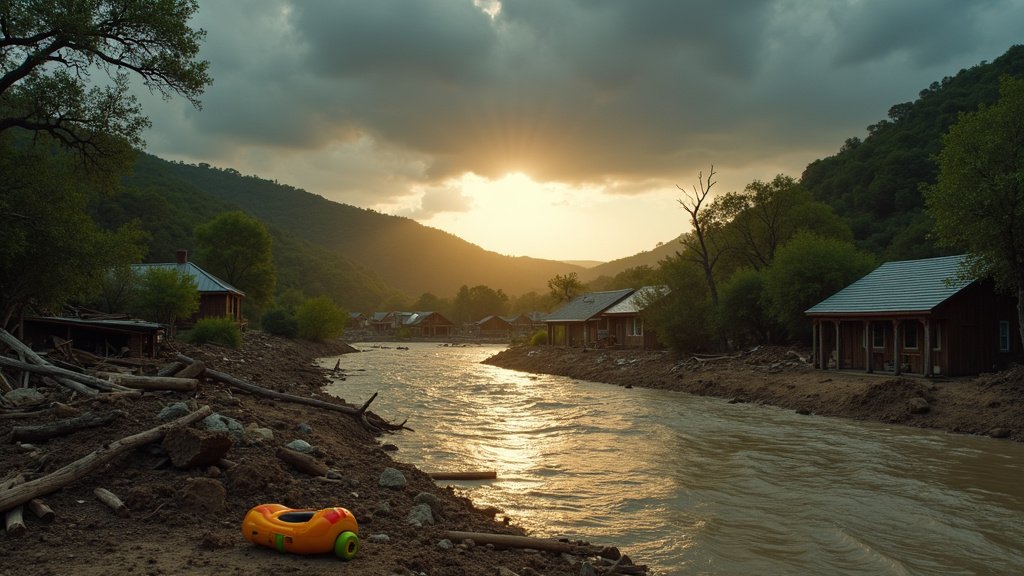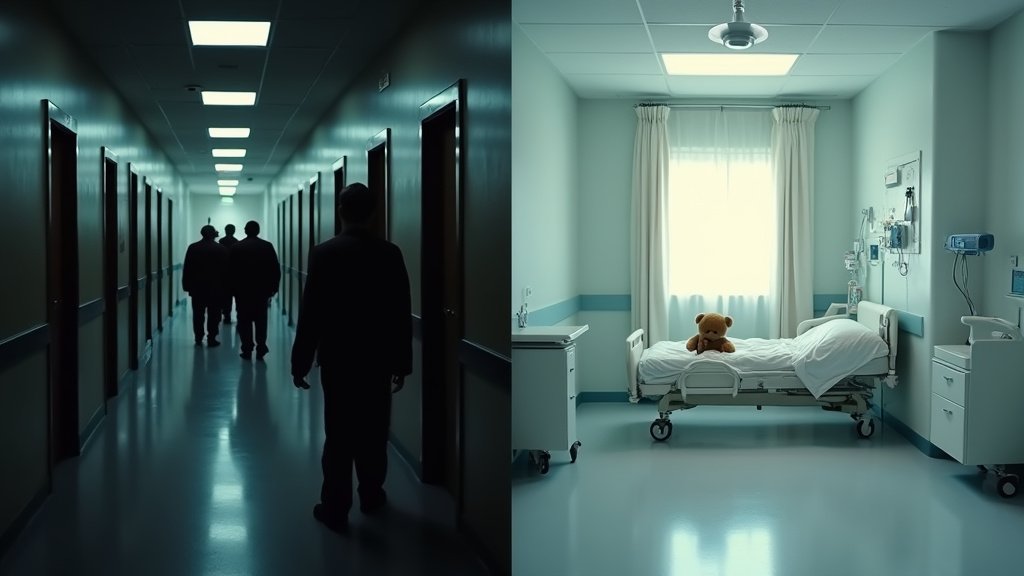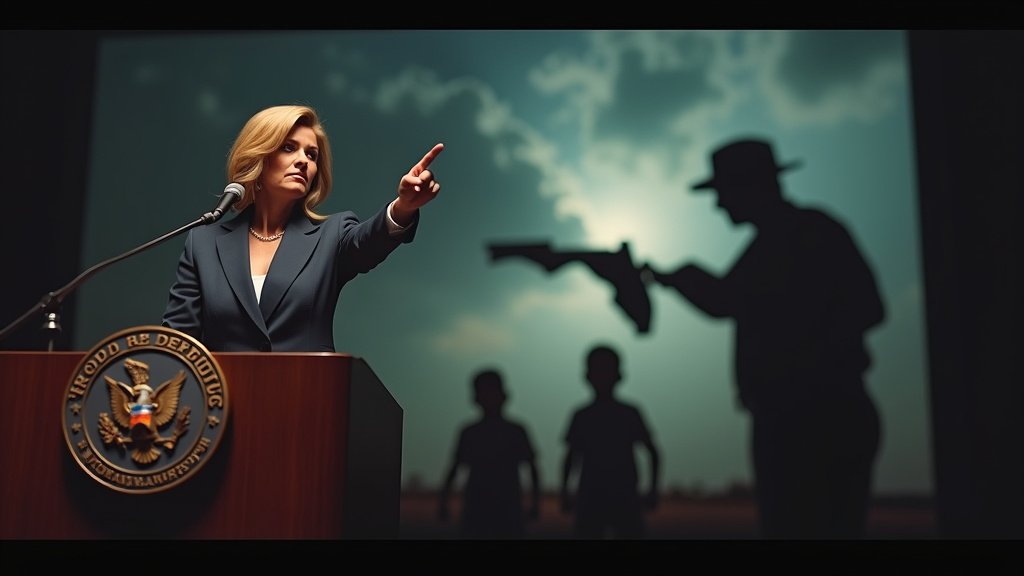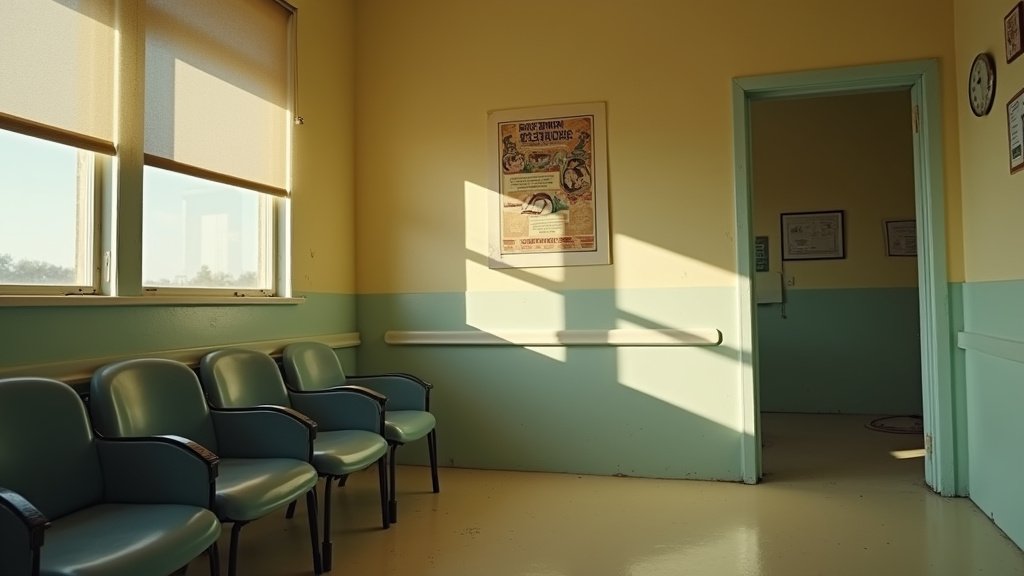The devastating floods that swept through the Texas Hill Country in July 2025, claiming over a hundred lives and leaving a trail of destruction, have ignited a fierce debate about the state’s flood safety protocols. Amidst the heartbreak and calls for accountability, an editorial cartoon published by The Dallas Morning News has become a poignant symbol of the urgent need for public officials to prioritize and implement robust flood safety recommendations. This powerful visual commentary underscores a critical Texas reality: the existing systems and legislative priorities may be failing communities when they need protection most.
The Stark Reality of the Hill Country Catastrophe
The July 2025 floods were a catastrophe of immense proportions. Beginning on Friday, July 4th, relentless heavy rains transformed the picturesque Texas Hill Country into a death trap. The Guadalupe River, a beloved natural landmark, rose an astonishing 35 feet in Kerrville within a mere five hours. In the community of Hunt, it surged between 26 and 29 feet in just 45 minutes, leading to six simultaneous flash flood emergencies. The swift and brutal rise of water swept away vacation cabins, youth camps, and homes, catching many off guard.
The human toll was staggering. Reports indicate at least 138 deaths across Texas, with specific accounts detailing 108 confirmed fatalities in Kerr County, including 37 children. The tragedy at Camp Mystic, a century-old Christian summer camp, saw at least 27 campers and one staff member perish. Weeks after the initial deluge, the search for missing victims, including children, continued, highlighting the overwhelming scale of the disaster.
The Hill Country’s unique geography, characterized by its clay-rich soils that prevent rapid water absorption, makes it inherently vulnerable to flash floods, earning it the ominous moniker “Flash Flood Alley.”
The Editorial Cartoon’s Indictment
Against this backdrop of tragedy, The Dallas Morning News’ editorial cartoon served as a stark, unvarnished critique. While the specific imagery of the cartoon was not detailed, its message was clear: the devastating floods were a critical wake-up call, emphasizing that public officials must prioritize and implement better warning systems and preventative measures to avert future calamities. This form of visual news commentary often distills complex issues into a single, impactful frame, prompting public discourse and demanding attention from decision-makers.
Unheeded Warnings and Systemic Gaps
Texas already possesses a multi-layered flood warning system, involving the National Weather Service (NWS) for forecasts and the Texas Water Development Board (TWDB) for monitoring and risk assessment. The TWDB, recognizing the challenges faced by smaller communities, even collaborated with the University of Texas at Arlington to produce a guidance document for developing Flood Early Warning Systems (FEWS). Infrastructure improvements, such as levees and enhanced drainage systems, are also part of the state’s flood preparedness strategy.
However, the recent floods exposed critical failures. Some residents reported receiving no warnings before their homes were inundated. Questions arose about the significant time gap between official flood warnings and local response efforts. A deeper systemic issue highlighted by critics, including Democrat Sen. Sarah Eckhardt, is the state’s perceived reluctance to grant local governments sufficient authority to regulate construction in floodplains according to national standards. This lack of local control, coupled with lawmakers reportedly ignoring recommendations from a 2024 statewide flood plan and prioritizing other legislative agendas like property tax cuts and water crises over flood mitigation funding, paints a concerning picture of neglected preparedness.
Further compounding the issue is the absence of minimum qualification standards for emergency management coordinators (EMCs) at the local level in Texas, a gap that directly impacts effective disaster response.
Calls for Legislative Action and Future Outlook
In the immediate aftermath of the July floods, Governor Greg Abbott ordered a special legislative session, placing flood response at the top of the agenda. This led to several legislative proposals aimed at strengthening Texas’ flood safety framework.
Key measures under consideration, and in some cases, passed by the Texas House, include mandatory emergency plans for youth camps, staff training for emergency response, and the provision of weather alert radios. Crucially, new legislation may prohibit the state licensing of camps with cabins located within river floodplains, a direct response to the Camp Mystic tragedy. State senators, like Lt. Gov. Dan Patrick, have advocated for increased funding for warning sirens, while others have pushed for enhanced emergency communication systems for first responders. Significant funding, approximately $50 million, has been earmarked for early warning systems and flood monitoring infrastructure. Perhaps one of the most impactful proposals is Senate Bill 2, which aims to professionalize local emergency management by requiring credentialing and training for EMCs.
While these legislative efforts offer a glimmer of hope, the editorial cartoon from The Dallas Morning News serves as a powerful reminder that true change requires not just new laws, but a fundamental shift in priorities. The lives lost in the Texas Hill Country underscore the critical need for sustained investment, stringent regulation, and unwavering commitment from public officials to protect all Texans from the increasing threat of devastating floods. The ongoing news coverage and public outcry signal that the demand for comprehensive flood safety solutions will not wane until meaningful progress is achieved.






